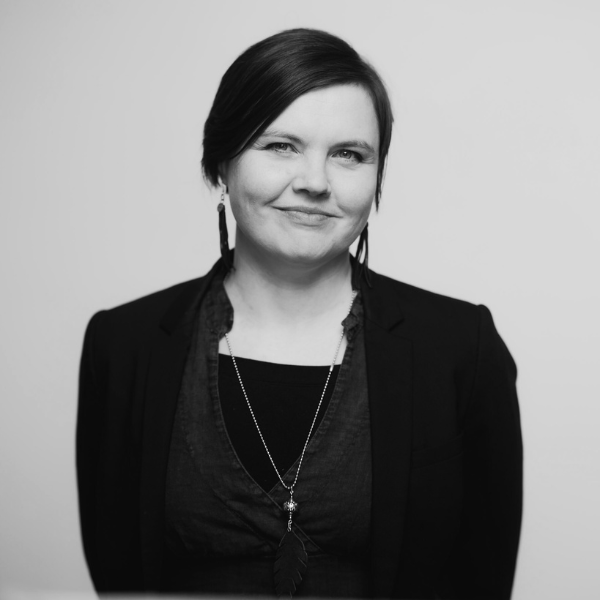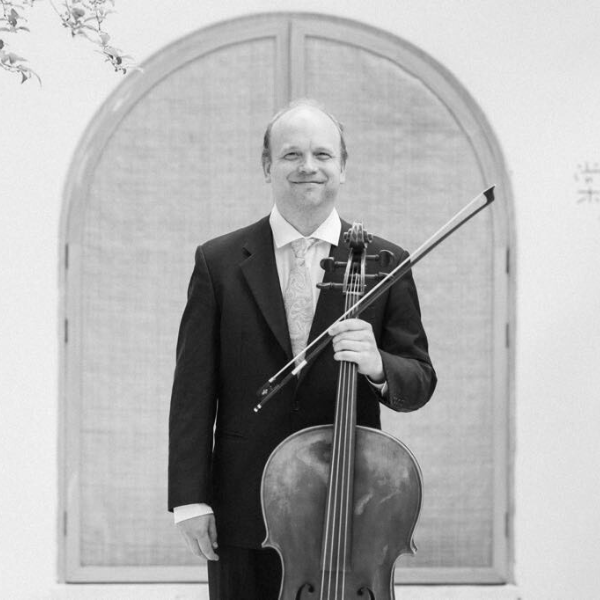
Program
Tuuli Lempa, piano
Andreas Helling, cello
BENJAMIN BRITTEN (1913–1976)
Sonata (1961)
- Dialogo (Allegro)
- Scherzo-Pizzicato (Allegretto)
- Elegia (Lento)
- Marcia (Energico)
- Moto perpetuo (Presto)
CAMDEN REEVES (1974–)
Still above Ground (2017)
INTERMISSION
FRANK BRIDGE (1879–1941)
Sonata H. 125 (1913-1917)
- Allegro ben moderato
- Adagio ma non troppo – Molto allegro e agitato – Adagio ma non troppo – Allegro moderato
Free entrance
Duration 1 h 20 min, 1 intermission
An evening of English music
In Aurora’s October concert, pianist Tuuli Lempa and cellist Andreas Helling take their audience to England. 20th century composers Britten and Bridge are accompanied by new music by Camden Reeves.
The concert is free of charge, welcome!
Introduction of works
Edward Benjamin Britten (1913-1976) was a composer and pianist born in Lowestoft, East England. He began composing as a child. In 1927 he began to receive private tuition from the composer Frank Bridge. Britten received his musical training at Gresham’s School and the Royal College of Music.
Britten’s sonata movements are expressive. The first movement begins in a lost and introverted mood. The mischievous Scherzo pizzicato, is inspired by Balinese gamelan percussion music. In Elegia, the cello’s singing lament rings mournfully over the piano’s heavy chords. The fourth movement, Marcia, is Shostakovich-like in its angularity, ending on a haunting note. Dmitri Shostakovich was the composer who inspired Britten to write for the cello. The energetic, inexorable, inevitable feel of the Moto perpetuo, the sonata’s final climax, with the cello and piano playing the same chord in a rhythm that feels jagged, yet is a carefully mathematical rhythm in which the elements are inverted like a mirror image.
Camden Reeves (1974-) was born in Oxford and studied composition at the Universities of Exeter and York, and as a CIMO fellow with Paavo Heininen at the Sibelius Academy. Reeves was fascinated by the music of Sibelius during his studies in Helsinki, and Sibelius’ music remains one of the greatest influences on his musical style and compositional approach – along with nature. Reeves has been Professor of Composition at the University of Manchester since 2002. Reeves talks about his 2017 composition:
“This elegy was composed in memory of my grandfather Douglas Richard Reeves. He was an accomplished jazz guitarist, trumpeter, pianist and arranger. My grandfather instilled in me a huge interest in the music of Bill Evans. This song is an attempt to capture something of Evans’ harmonies. The title of my composition, Still Above Ground, is intended to be understood both poetically and literally. Poetically, it refers to the inevitable contemplation of mortality. Literally, the title refers to the way the fabric of the music is built on top of the underlying sound. The mournful cello lament returns again and again to the C-sharp chord. The piano, in turn, repeats a chord sequence that moves from bright and calm to dark and anguished. As the cycle of harmonies (and emotions) repeats several times, the dark and anguished tone begins to take over more and more, until the cello voice finally cries out in the pain of loss and finally breaks into pieces, back to the ground.”
Frank Bridge (1879-1941) was a composer, violinist, violist and conductor born in Brighton, England. He is said to have been a peace-loving pacifist, which is why the First World War particularly upset him. The 1914-1918 war years saw a major change in his compositional style. The Sonata for Cello and Piano was composed between 1913 and 1917 and was written while the composer was up all night worrying about the war situation.
The sonata begins in an impressionistic, lyrical mood. The piano takes on a solo role in a series of fast-paced and dramatic sections. In between, a peaceful section floating in D flat major takes us into a dreamlike world. Several lullabies are traditionally written in this key (e.g. Chopin’s Berceuse for piano.)
The second, slow movement of the sonata, Adagio ma non troppo, is seamlessly linked to the third movement, Molto allegro e agitato. The slow and fast sections alternate. The moods of the Adagio section range from melancholy and gloomy to dreamy and floating. The Rachmaninov-like harmonies and the turbulent texture of the Molto allegro sections hold the listener in their grip until the circle closes: in the coda, the lyrical theme of the opening of the first movement returns and the folk-song motif appears for the first time. The folk song motif serves as a transitional sequence leading to the final climax. The sonata ends dramatically and triumphantly.
Artists
INFO
- Address: Nunnankatu 4, 20700 Turku
- Public Transport: All stops at the city centre are nearby. Hämeenkatu and Uudenmaankatu stops are the closest stops. The Tuomiokirkko stop for long-distance buses is also nearby.
- Accessibility: The inner courtyard has revetment at an angle. The main entrance is accessible.
- Parking: Parking spots on Nunnankatu and around the Turku Cathedral.




